Table of Contents

Reflection and refraction, fundamental principles of optics, play a pivotal role in how light behaves and interacts with surfaces. In the realm of digital art, understanding and manipulating these dynamics unlock a realm of creative possibilities, allowing artists to craft mesmerizing and realistic visual elements.
The realm of digital art is a mesmerizing canvas where light, color, and form converge to create captivating visual experiences. Among the many captivating techniques employed by digital artists, reflection and refraction play a pivotal role in weaving optical illusions, evoking emotional depth, and adding a touch of realism to digital artworks.
Reflection, the phenomenon of light bouncing off a surface, is a fundamental aspect of digital art. Artists manipulate the reflective properties of virtual objects to create realistic reflections in water, glass, and other reflective surfaces. These reflections add depth and dimension to digital scenes, enhancing their immersive quality.
Refraction, on the other hand, involves the bending of light as it passes through a medium with a different density. Artists exploit refraction to create captivating optical illusions, such as bending light rays through water droplets or distorting objects behind curved glass surfaces. These effects add a touch of fantastical realism and visual intrigue to digital artworks.
Understanding Reflection and Refraction
Reflection: Reflection occurs when light bounces off a surface, following the law of reflection, where the angle of incidence equals the angle of reflection. This phenomenon creates mirror-like effects, influencing how light interacts with objects.
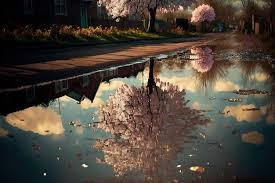
Refraction: Refraction takes place when light passes through a medium, causing it to change direction due to the change in speed. This bending of light creates distortions, such as the refraction seen when light passes through water or glass.
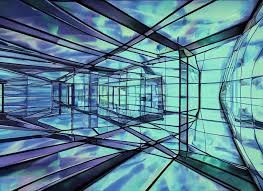
Application in Digital Art
Mimicking Realistic Surfaces
Artists employ reflection and refraction in digital art to simulate the behavior of light on various surfaces. By replicating these phenomena, they achieve realism in their artworks, mimicking the properties of materials like glass, water, or metal.
Creating Illusions of Depth and Dimension:
Reflection and refraction techniques add depth and dimension to digital art. Artists utilize these dynamics to create illusions of depth within their compositions, enhancing the visual impact and immersiveness of the artwork.
Techniques in Reflection

Environment Mapping
One technique involves environment mapping, where artists use pre-rendered images or 360-degree panoramas to simulate reflections. By mapping these images onto surfaces, they create realistic reflections that respond dynamically to changes in the environment.
Specular Highlights
Artists manipulate specular highlights, emphasizing areas where light directly reflects off surfaces. By adjusting the intensity and placement of these highlights, they enhance the realism of reflective surfaces.
Techniques in Refraction
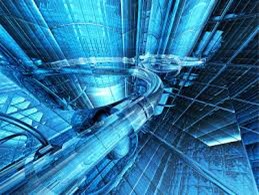
Index of Refraction
Understanding the index of refraction of different materials is crucial. Artists adjust this property digitally to accurately depict how light bends when passing through materials like glass, water, or gemstones.
Distortion Effects
Artists utilize distortion effects to simulate refraction accurately. This involves manipulating how light bends as it passes through transparent or translucent materials, creating convincing distortions and visual effects.
Tools and Software
Ray-Tracing and Rendering Engines
Advanced rendering engines and ray-tracing technology simulate the behavior of light, enabling artists to achieve realistic reflections and refractions. Software like Blender, V-Ray, or Arnold provides powerful tools for these effects.
Shader Development
Artists delve into shader development, creating custom shaders that replicate specific reflection and refraction properties. These shaders offer more control over how light interacts with surfaces, allowing for nuanced and realistic effects.
Challenges and Mastery
Computational Intensity: Creating realistic reflections and refractions can be computationally intensive. Achieving high-fidelity effects may require substantial computing power and time, presenting challenges for artists working on complex scenes.

Mastery and Artistic Vision: Mastering reflection and refraction in digital art involves a balance between technical expertise and artistic vision.
Impact and Evolution
Realism and Immersion
Reflection and refraction techniques enhance the realism and immersion of digital artworks. As technology advances, artists continue to push the boundaries, achieving ever more lifelike and convincing visual effects.
Diverse Creative Applications
Beyond traditional visual art, reflection and refraction techniques find applications in fields like architectural visualization, product design, gaming, and virtual reality, offering immersive and engaging experiences.
The Future of Reflection and Refraction in Digital Art
As technology continues to advance and digital art tools become increasingly sophisticated, reflection and refraction will undoubtedly play an even more prominent role in the evolution of this art form. Artists will continue to push the boundaries of these techniques, creating even more captivating and immersive digital experiences that challenge our perception of reality and evoke a range of emotions.
Conclusion
Reflection and refraction, integral aspects of light behavior, are pivotal in creating visually striking and immersive digital art. As technology progresses, these techniques will continue to evolve, enabling artists to push creative boundaries and transport audiences into mesmerizing digital realms filled with lifelike reflections and captivating refractions. As technology advances and digital art tools become increasingly sophisticated, reflection and refraction will continue to play a crucial role in the evolution of this art form.



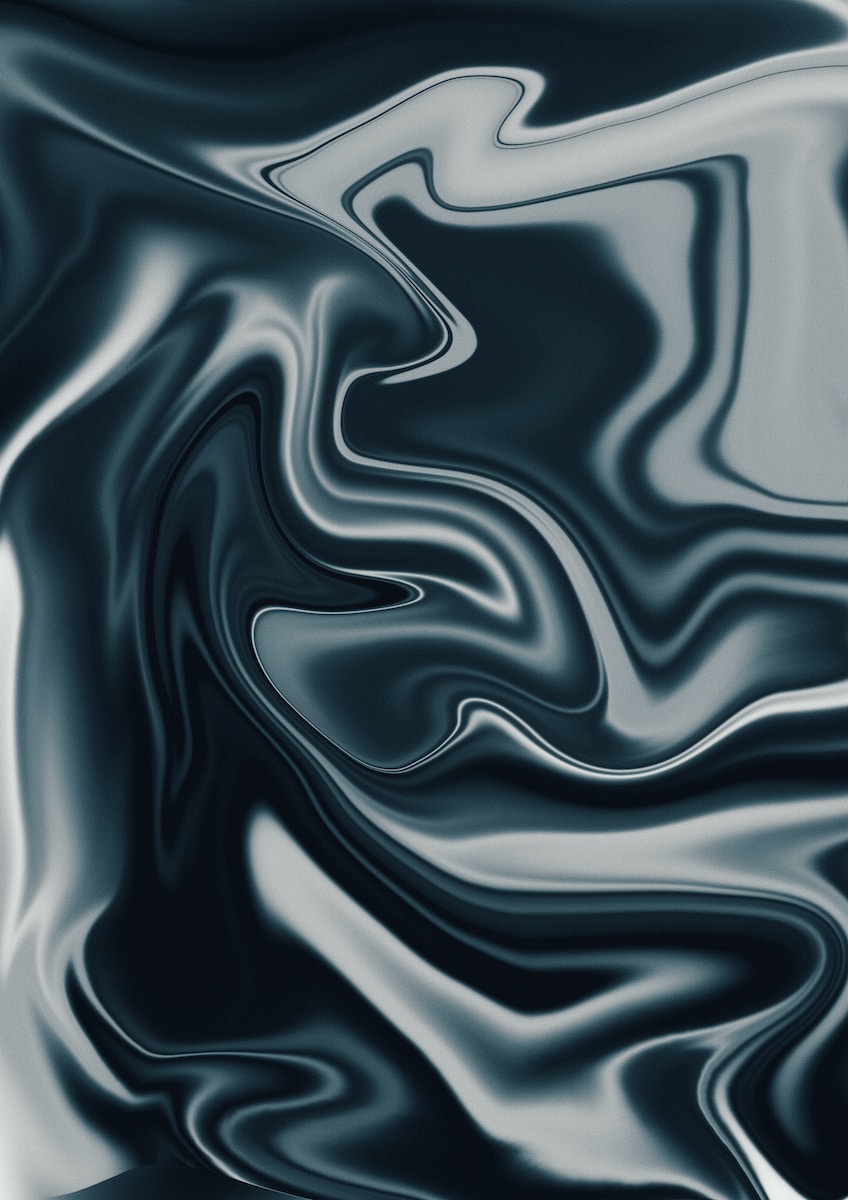
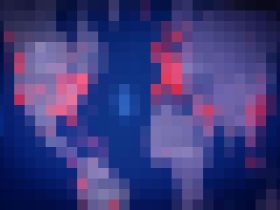



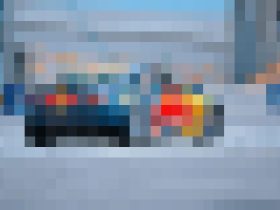

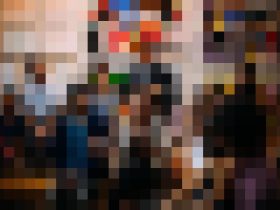



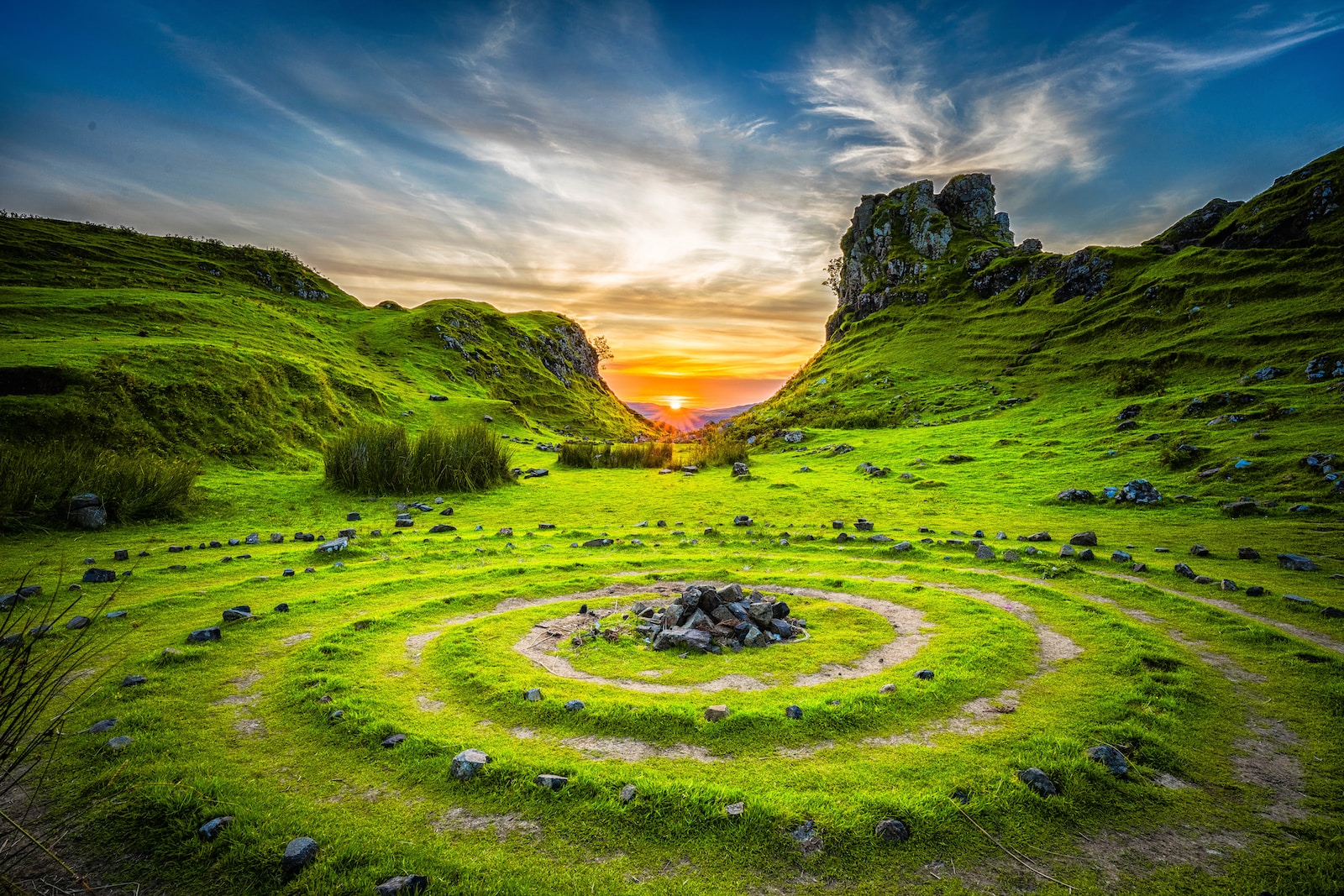
Got a Questions?
Find us on Socials or Contact us and we’ll get back to you as soon as possible.